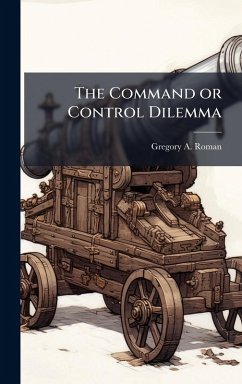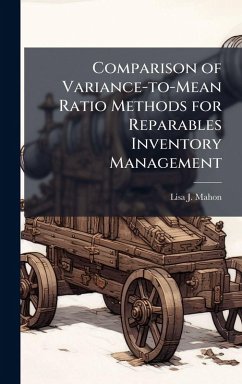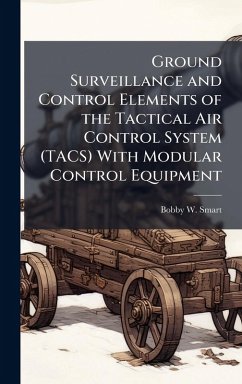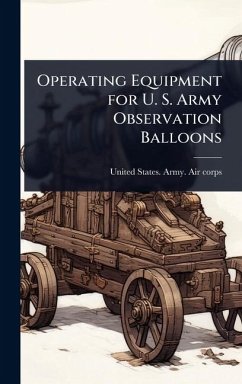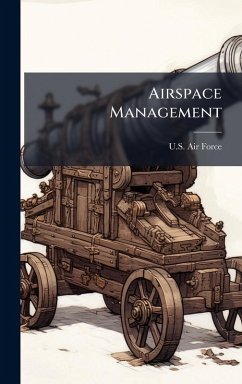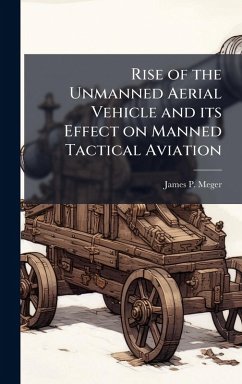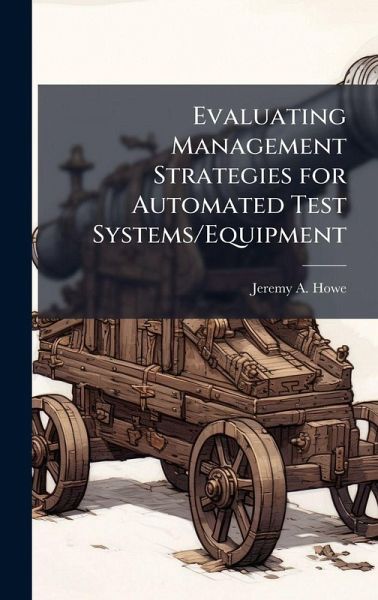
Evaluating Management Strategies for Automated Test Systems/Equipment
Versandkostenfrei!
Versandfertig in über 4 Wochen
28,99 €
inkl. MwSt.
Weitere Ausgaben:

PAYBACK Punkte
14 °P sammeln!
The management of United States Air Force ATS/E presents a variety of issues that affect the long-term capability and mission readiness of weapon systems. Traditional procurement processes suggest that individual aircraft platform System Program Offices (SPOs) developed, improved and replaced ATE on an "as-required" basis. Increased obsolescence, however, and a concern for maintaining longer-term viability provided the necessary inertia for a movement towards the procurement and development of consolidated, common test equipment that would support multiple weapon systems. In 1998, the Air Forc...
The management of United States Air Force ATS/E presents a variety of issues that affect the long-term capability and mission readiness of weapon systems. Traditional procurement processes suggest that individual aircraft platform System Program Offices (SPOs) developed, improved and replaced ATE on an "as-required" basis. Increased obsolescence, however, and a concern for maintaining longer-term viability provided the necessary inertia for a movement towards the procurement and development of consolidated, common test equipment that would support multiple weapon systems. In 1998, the Air Force Chief of Staff directed HQ AFMC to establish a Common Support Equipment office to facilitate the combination of similar legacy ATE into common equipment. Today, some ATE continues to be managed by individual SPOs, while other ATE is primarily managed by the Automated Test Systems Division at Warner-Robins Air Logistics Center. This research examines the differences of these two approaches. Specifically, this research focuses on the management of two pieces of ATE for a mature aircraft system - the F-15. This work has been selected by scholars as being culturally important, and is part of the knowledge base of civilization as we know it. This work was reproduced from the original artifact, and remains as true to the original work as possible. Therefore, you will see the original copyright references, library stamps (as most of these works have been housed in our most important libraries around the world), and other notations in the work. This work is in the public domain in the United States of America, and possibly other nations. Within the United States, you may freely copy and distribute this work, as no entity (individual or corporate) has a copyright on the body of the work. As a reproduction of a historical artifact, this work may contain missing or blurred pages, poor pictures, errant marks, etc. Scholars believe, and we concur, that this work is important enough to be preserved, reproduced, and made generally available to the public. We appreciate your support of the preservation process, and thank you for being an important part of keeping this knowledge alive and relevant.



